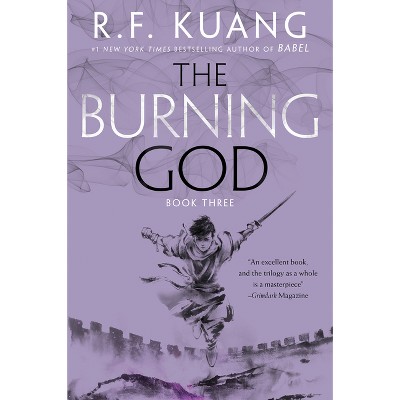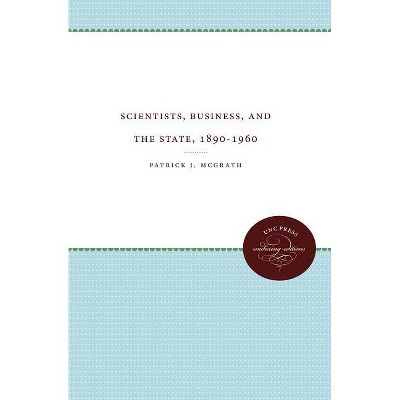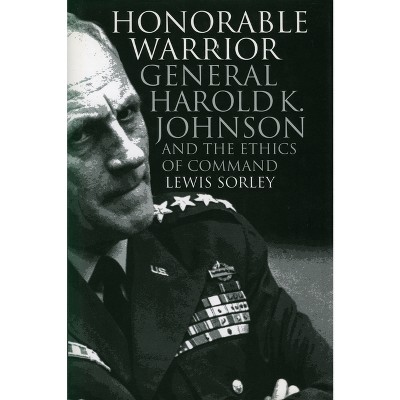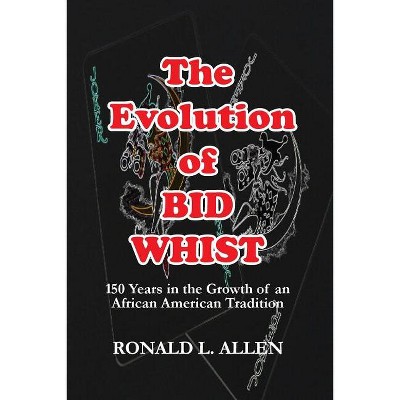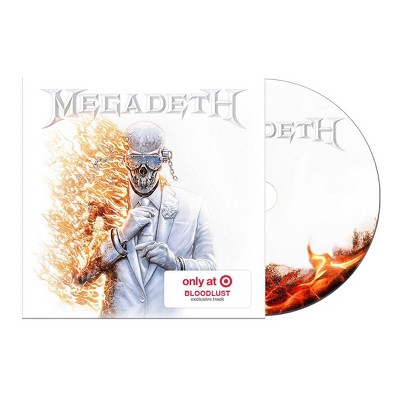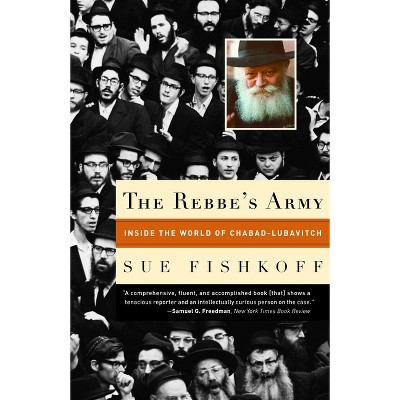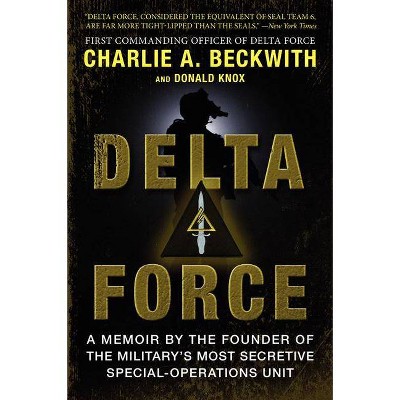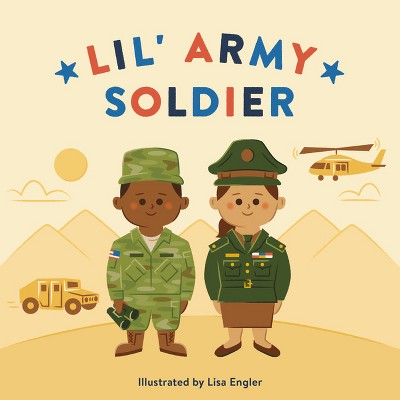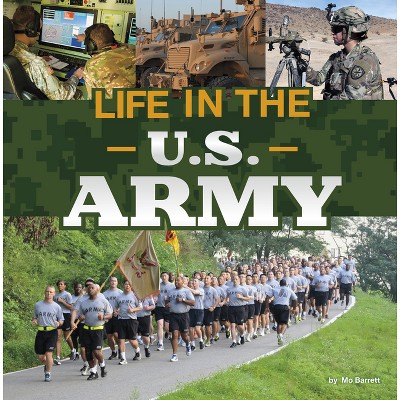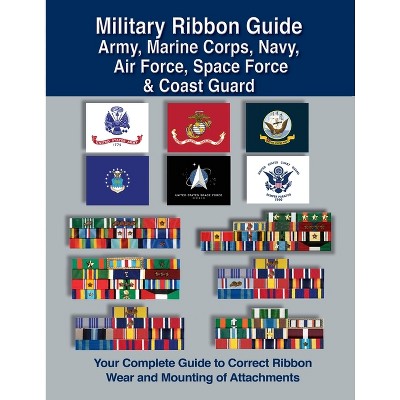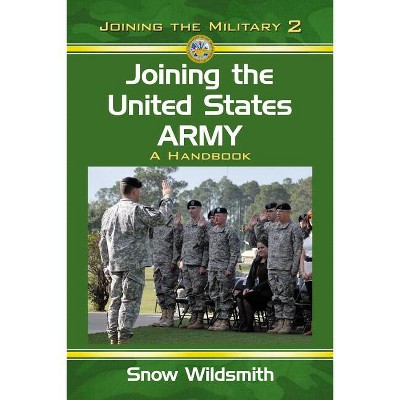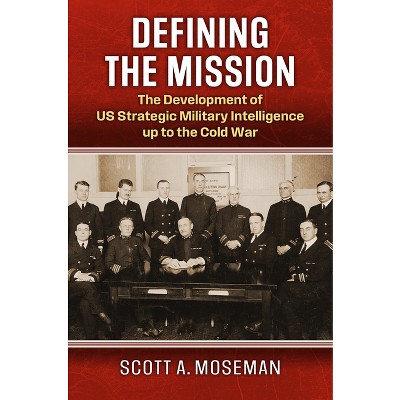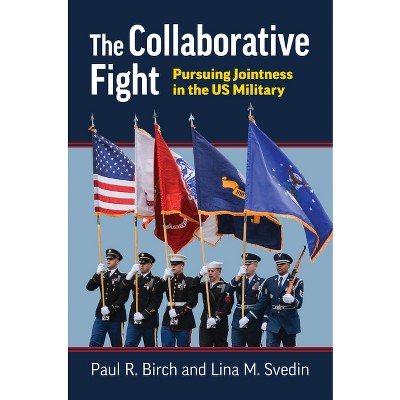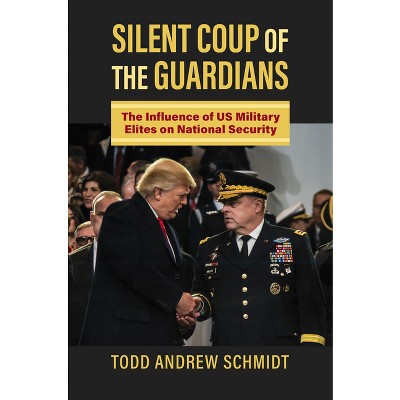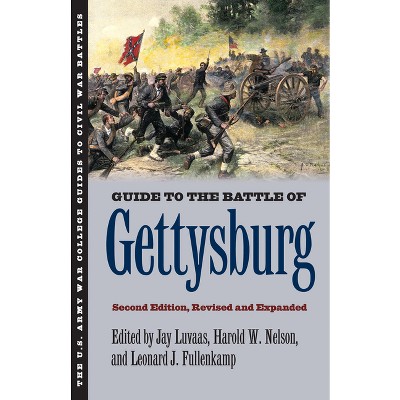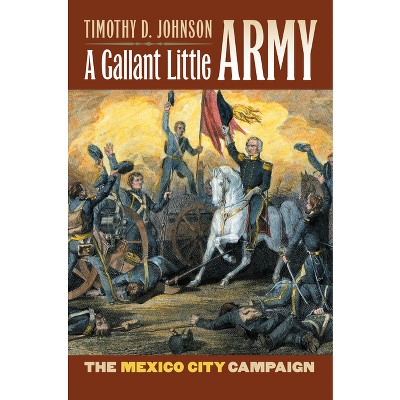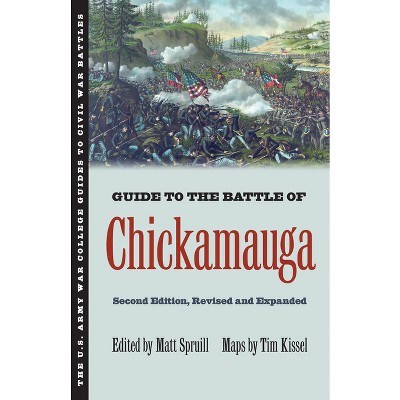Sponsored

Creating the Modern Army - (Studies in Civilmilitary Relations) by William J Woolley
In Stock
Sponsored
About this item
Highlights
- The modern US Army as we know it was largely created in the years between the two world wars.
- Author(s): William J Woolley
- 384 Pages
- History, Military
- Series Name: Studies in Civil-Military Relations
Description
About the Book
"The modern US Army as we know it was largely created in the years between the two world wars. After World War I, officers in leadership positions were increasingly convinced that building a new army could not take place as a series of random developments, but was an enterprise that had to be guided by a distinct military policy that enjoyed the support of the nation. William J. Woolley argues that the key to the modernization of the army in this period was the National Defense Act of 1920, which provided a blueprint for desired change and demonstrates that the transformation of the army was due to four elements: the creation of the civilian components of the new army (the Citizen's Military Training Camps (CMTC), the Officer Reserve Corps (ORC), the National Guard, and the Reserve Officer Training Corps (ROTC)); the development of the branches as the structural basis for organizing the army as well as creating the means to educate new officers and soldiers about their craft and to socialize them into an army culture; the creation of a rationalized and progressive system of professional military education; and the initial mechanization of the combat branches"--Book Synopsis
The modern US Army as we know it was largely created in the years between the two world wars. Prior to World War I, officers in leadership positions were increasingly convinced that building a new army could not take place as a series of random developments but was an enterprise that had to be guided by a distinct military policy that enjoyed the support of the nation. In 1920, Congress accepted that idea and embodied it in the National Defense Act. In doing so it also accepted army leadership's idea of entrusting America's security to a unique force, the Citizen Army, and tasked the nation's Regular Army with developing and training that force. Creating the Modern Army details the efforts of the Regular Army to do so in the face of austerity budgets and public apathy while simultaneously responding to the challenges posed by the new and revolutionary mechanization of warfare. In this book Woolley focuses on the development of what he sees as the four major features of the modernized army that emerged due to these efforts. These included the creation of the civilian components of the new army: the Citizen's Military Training Camps, the Officer Reserve Corps, the National Guard, and the Reserve Officer Training Corps; the development of the four major combat branches as the structural basis for organizing the army as well as creating the means to educate new officers and soldiers about their craft and to socialize them into an army culture; the creation of a rationalized and progressive system of professional military education; and the initial mechanization of the combat branches. Woolley also points out how the development of the army in this period was heavily influenced by policies and actions of the president and Congress. The US Army that fought World War II was clearly a citizen army whose leadership was largely trained within the framework of the institutions of the army created by the National Defense Act. The way that army fought the war may have been less decisive and more costly in terms of lives and money than it should have been. But that army won the war and therefore validated the citizen army as the US way of war.Review Quotes
"For those that study the U.S. Army, it will serve as a valuable text both as a thorough technical discussion of its interwar years and as a bibliographic reference."--Journal of Military History
"If you are looking to expand your knowledge about the US Army, then Creating the Modern Army is a must-have on your bookshelf."--Parameters
"Creating the Modern Army is essential history for the twenty-first century professional soldier."--Military Review
"William J. Woolley's Creating the Modern Army: Citizen-Soldiers and the American Way of War, 1919-1939 is a comprehensive and encyclopedic work looking at the American Army in the years between World War I and World War II. Woolley's wide-ranging account of the evolution of the US Army over the interwar period is well written, well sourced, and will become one of the fundamental works on the American Army during that era."--David J. Silbey, series editor of Battlegrounds: Cornell Studies in Military History
"Creating the Modern Army: Citizen-Soldiers and the American Way of War, 1919-1939 is a substantial work of scholarship grounded in an exhaustive study of valuable primary sources. Woolley skillfully highlights some of the contradictions in the regular army's views and policies toward the reserve components and has created a valuable contribution to the field."--J. P. Clark, author of Preparing for War: The Emergence of the Modern U.S. Army, 1815-1917
Shipping details
Return details
Frequently bought together
